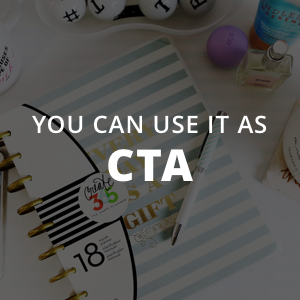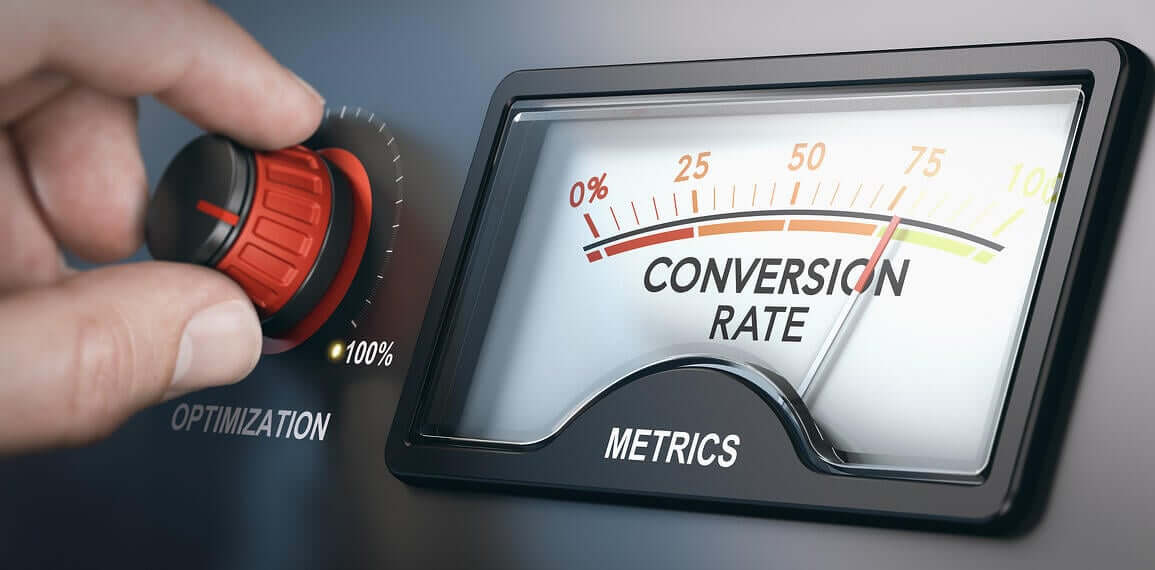
Cutting-Edge Marketing to Grow Your Business.
 Not many beginner bloggers give much thought to their blog categories. To most, this aspect of a blog does not seem consequential enough in terms of acquiring and maintaining loyal readers. The opposite is true. A blog’s categories act as a map, giving your visitors an idea of how to navigate among the many posts you have written.
Not many beginner bloggers give much thought to their blog categories. To most, this aspect of a blog does not seem consequential enough in terms of acquiring and maintaining loyal readers. The opposite is true. A blog’s categories act as a map, giving your visitors an idea of how to navigate among the many posts you have written. Planning is perhaps the most important aspect of preparing your blog categories. Many bloggers will hastily write down a categories list only to find out later that they did not need some of them or that several are irrelevant. Try to avoid a situation where some categories have only 1 or 2 posts or maybe even 0.
Take time to think through what categories will best represent the content of your blog. In the beginning, keep them broad ensuring that each category will have a generous share of posts. As the blog grows, you can modify your categories as you see fit. For example, create a narrower category from a broad one.
Nothing is more of a turn off to a visitor as a winding list of categories. Most will not even bother using it to find more interesting content. This is the internet; people have short attention spans. Keep it brief. Ask yourself if you really need that extra category. Some of the best bloggers out there use around 3 to 5 categories. Any longer and it will start to look like a section readers should avoid. Long lists also tend to clutter up the sidebar, damaging your site’s aesthetics.
Your categories list is not the time to get all fancy. You want categories that visitors instantly understand and click on. Avoid vague categories such as 'miscellaneous’ or 'special’. They really do not mean anything to the reader. On the same note, avoid the 'general’ category. Be very specific about what content the reader can expect under each category. For example; 'healthy eating’, 'exercise’, 'healthy mind’ and so on. In the same breath, avoid long phrases for categories. Not only are they bad for your overall design, they are another turn off for your readers. A long-phrased category also means that it is too specific. Keep your categories to single or double words. For example writing, web design, content marketing and so on.
Being on the front page, your blog categories are just as important as page and post titles. Use them to get readers even more hooked to your content, pulling them deeper and deeper in your blog.
In conclusion, make it easy for readers to stick around by crafting proper categories using the above tips. When you have hundreds and hundreds of blog posts, you will be happy you spent the extra time categorizing each blog post.
>>FREE! Click here for your free 11-step checklist to help with your next website redesign



Lorem Ipsum is a simple dummy text used as a dummy text contents. Lorem ipsum will be replaced. Lorem Ipsum is a simple dummy text used as a dummy text contents. Lorem ipsum will be replaced.Lorem Ipsum is a simple dummy text used as a dummy text contents. Lorem ipsum will be replaced.




